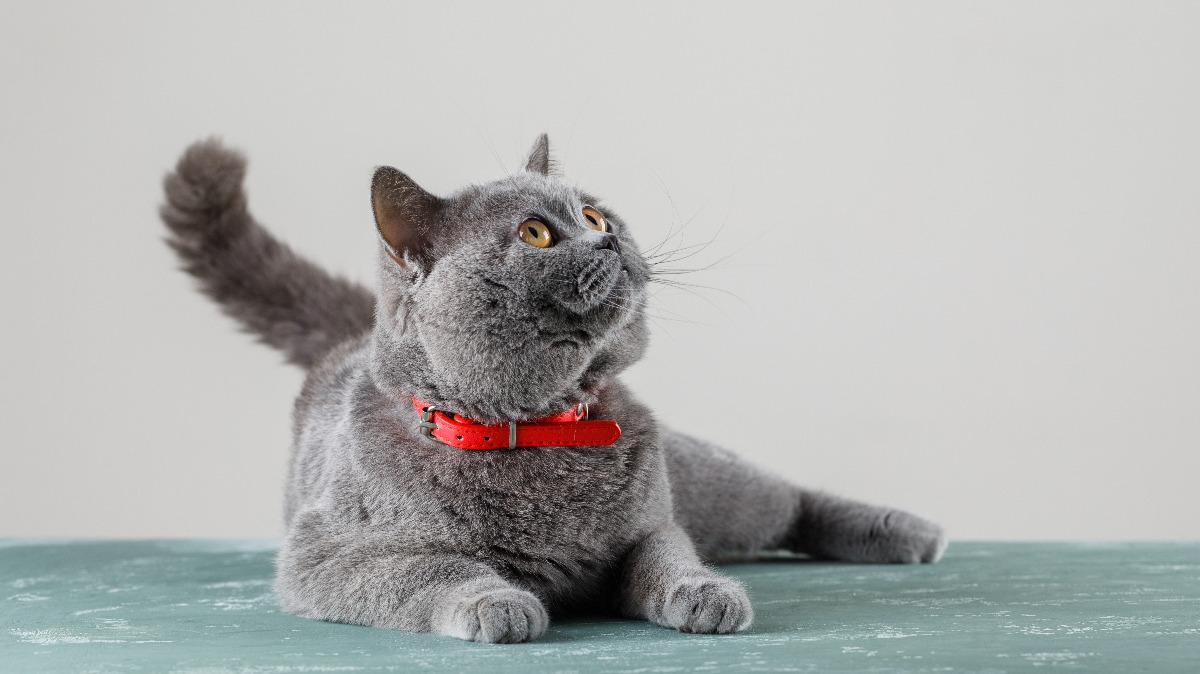
Though hernias are relatively not common in cats, they can still happen. And only if you are a medical expert can you help in their full recovery by detecting and treating hernia early.
Suppose you are an aspiring veterinary doctor who wishes to gain knowledge in concepts like cat hernias, it is best to register in courses offered by top specialists in this field.
Experienced doctors provide educational surgical content on such concepts and support to connect with the vet community to share your queries and challenges. You will find it of great help, be it even a topic like a cat hernia treatment. Here’s what you should know about cat hernias and the best treatment recommended by experts.
What is a Hernia?
A cat is said to have a hernia when it has a hole in the abdomen muscle wall, usually in the belly button area. As internal organs can push through the hole, you will notice a lump from the outside.
In some cases, where the hernia is reducible, you can push the lump gently. However, when the intestines go through the opening, they could cut off an organ’s blood supply, which could be very dangerous for the cat.
Top experts provide detailed course material for cat hernias and the treatment options on their advanced e-learning platform, designed to give academic information.
Types of Cat Hernias and Available Treatments
Depending on the body part they occur in, hernias are of three types, umbilical, inguinal and diaphragmatic. Experts recommend a specific cat hernia treatment for each class, which varies according to the severity.
The most common type is the umbilical hernia, which doesn’t usually need surgery. The inguinal hernia occurs mainly in the back legs’ armpits; it can disappear with a gentle push.
But the type that needs an in-depth understanding is the diaphragmatic hernia. It occurs when the diaphragm has a hole, allowing lower body organs to slide through the chest cavity. Top e-learning portals discuss the entire treatment for this hernia type in detail, which typically involves surgery.
Qualified professionals offer training on the best procedures available to cure different hernia types.
What is Diaphragmatic Hernia?
A diaphragmatic hernia involves a tear in the diaphragm, which is a muscle sheet that separates the abdomen from the chest cavity. When the sheet gets torn, the cat’s lower body organs push through into the chest cavity. As the organs like the stomach and intestines move against the cat’s lungs, breathing becomes difficult, as the organ crowding causes auscultation abnormalities.
Symptoms and Causes of Diaphragmatic Hernia in Cats
The typical clinical signs for diaphragmatic hernia in cats include muffled heart sounds, lethargy, exercise intolerance, shortness of breath and abnormal heart rhythm. In adverse cases, the feline can suffer from pneumothorax, hemothorax and abdominal distension.
Experts classify this hernia into two types, congenital and traumatic. While the former is present at birth, the latter can be caused by a blunt blow, tearing the diaphragm.
Best Treatment for Diaphragmatic Hernia in Cats
Experienced specialists suggest surgical repair as the best treatment for the diaphragmatic hernia. You can check their online learning portal for the procedure they perform for felines with breathing difficulty and digestive problems, which is a good case study.
They suggest performing a midline abdominal exploratory on the cat to see the large peritoneal pericardial diaphragmatic hernia as the first step. Once the hernia contents get removed through surgical repair, they recommend breaking down a few of the hepatic ligaments to view the pericardial sac for better assessment. The hernia, then, needs to be closed using a continuous suture pattern with 3-0 Prolene, preferably non-absorbable.
Final Thoughts
Find a reputable e-learning portal that offers courses on the latest veterinary surgeries and clinical standards, and enrol for sessions on cat hernias. You can improve your surgical skills and apply them in your regular practice, becoming a specialist in removing cat hernias.




